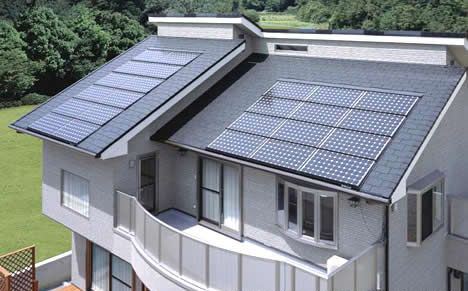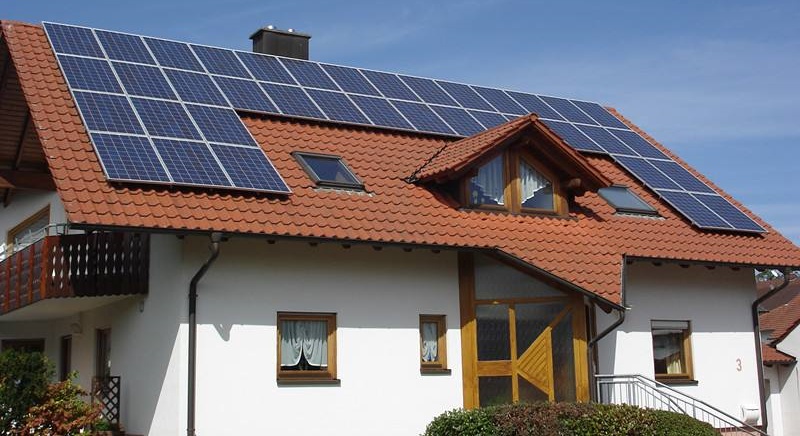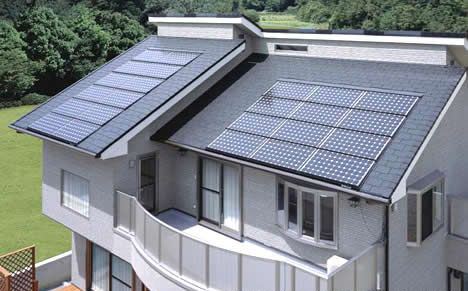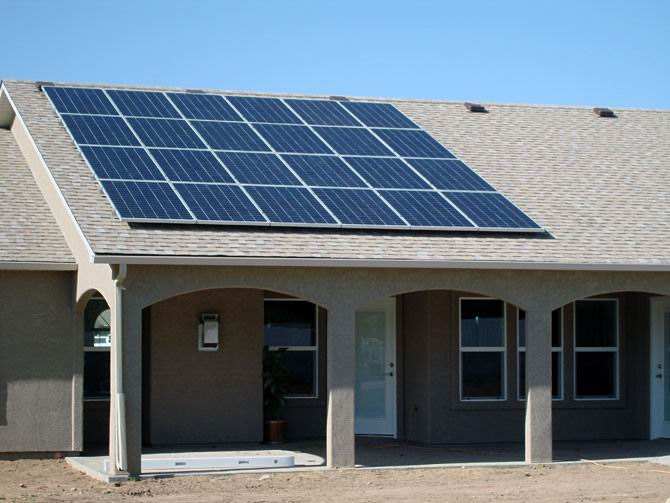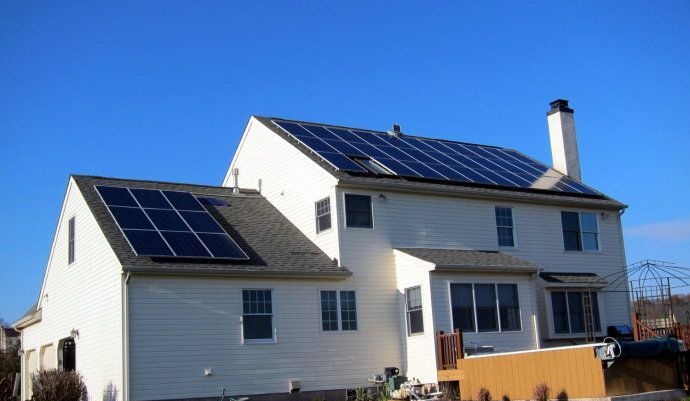More and more people are building distributed photovoltaic power stations for home use, but the same installed capacity can generate high or low electricity; so how can we effectively increase the power generation on our roof?
First, let’s take a look at what factors affect solar power generation.
1. Lighting conditions: Home solar power stations use to generate electricity. The better the natural light resources, the greater the power generation; in areas with the same lighting conditions, after pre-measurement and design, the power station set at the optimal inclination angle has a higher power generation than no power station. After preliminary measurement and design, the power station installed with the optimal tilt angle is obviously high
2. Product quality:
①The quality of photovoltaic modules. PV modules with good quality and high conversion rate will naturally generate more electricity.
②Inverter quality. Good quality inverters have high conversion efficiency, and the natural output power generation will be higher.
3. Installation quality: Professional and reliable installation services can ensure that the installation is carried out in strict accordance with the optimal inclination of the components, without damaging the product components, and without causing potential construction hazards, so as to avoid subsequent safety problems such as leakage, fire, and lightning strikes . Unprofessional installation can damage parts of the product and even lead to safety issues.
4. Daily operation and maintenance: Dust, obstructions, etc. will affect the conversion efficiency of photovoltaic modules, so often cleaning the surface of solar modules is conducive to improving power generation.
5. After-sale quality assurance: Professional after-sale service can guarantee the service life of the power station, prolong the revenue period, and avoid worries.
Therefore, based on the above points, there are the following methods to defeat users whose power generation capacity is 99% without changing the sunshine conditions.
How can household distributed photovoltaic power stations increase power generation?
1. Strictly control the quality of solar power plants
Photovoltaic modules, inverters and batteries are not general consumer products, with a life span of several years or decades, but their long-term reliability should not be judged only by appearance. In order to ensure the quality and long-term reliability of photovoltaic products and components, users can take the following measures:
(1) The most basic is to require the manufacturer to provide authoritative test and certification reports to ensure that the technical performance of the products submitted for inspection meets the technical standards and passes the third-party test, and the mass-produced products are in accordance with the same standards as the products submitted for inspection. Production;
(2) Since photovoltaic modules and inverters are not short-term consumer goods, they need to be re-checked after one year of operation, and the “infancy” failure must be within the scope of the contract.
(3) In addition to the quality of products and components, the design and construction of photovoltaic projects are also very important. In order to ensure the quality of the project, the project developer can also entrust a qualified and experienced third party to review and supervise the whole process of engineering design, construction and installation, and project inspection.
2. Pay attention to the safety of photovoltaic power generation systems to prevent catastrophic accidents
Safety is the most important part of the quality of a photovoltaic system. The safety of photovoltaic system includes: building safety, power grid safety, anti-electric shock, system wind resistance, lightning protection, fire prevention and arc prevention, anti-theft, sand storm prevention, etc. Building safety includes building load, anti-leakage, non-destructive insulation layer and building fire protection. Building safety assessment needs to be carried out by professional departments. Distributed photovoltaics combined with buildings should first pass building safety assessment before construction. If the insulation of the pole is damaged, a parallel circuit arc will occur, and the damage to the ground insulation will cause an arc to the ground. Therefore, if the quality of cables, connecting devices, contactors, and circuit breakers is faulty, or the engineering installation is not careful, arcs may occur and cause damage to the ground. cause a fire.
The wind resistance of the system needs to be designed according to the local maximum wind speed within 30 years, but it needs to be optimized and balanced among various factors such as the installation inclination of the phalanx, annual power generation, building load, land occupation, and shadow shielding. The load is directly related. The inclination angle of the square array designed to maximize the annual power generation may need to withstand greater wind loads, thus requiring a larger counterweight, which just exceeds the maximum load that the building can bear , which requires changing the policy inclination angle to adapt to the building load; for another example, a high inclination angle requires a larger footprint, which increases the cost. The wind-resistant design of the phalanx needs to be adapted to local conditions.
3. Pay attention to daily operation and maintenance work
(1) Choose a manufacturer with data monitoring services, so that you can view the power generation data of the power station anytime and anywhere, so as to find and solve problems in advance.
(2) Choose a manufacturer with after-sale quality assurance services that can provide regular after-sale inspections.
(3) Strengthen daily cleaning and maintenance to improve the conversion efficiency of photovoltaic modules.

